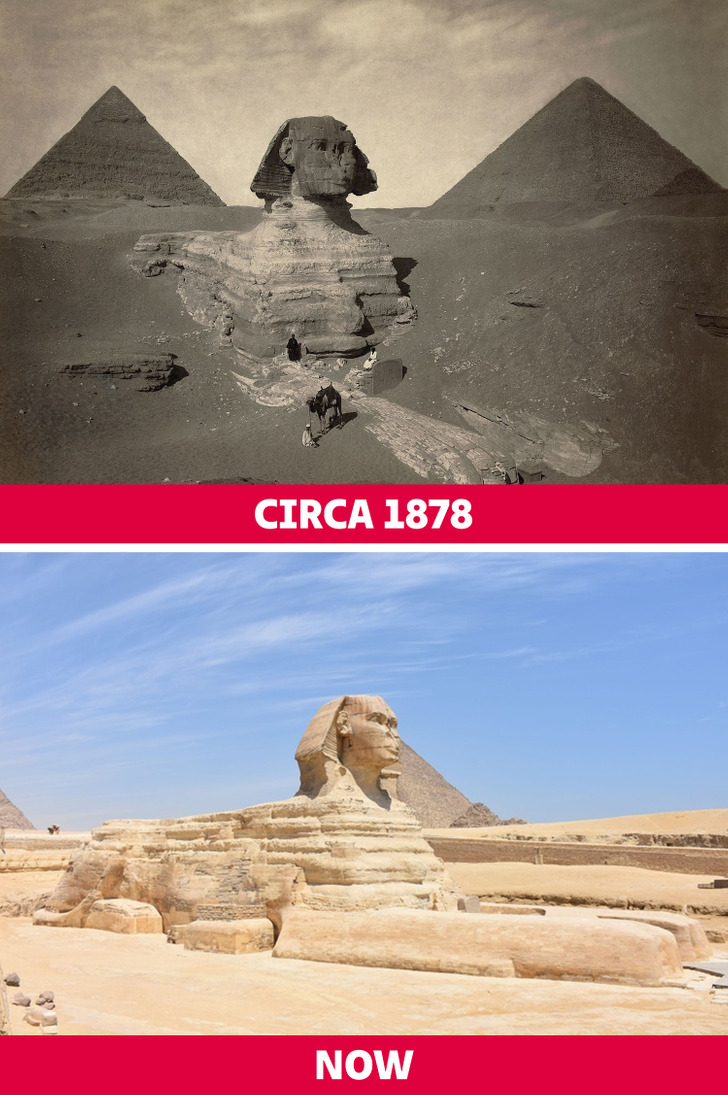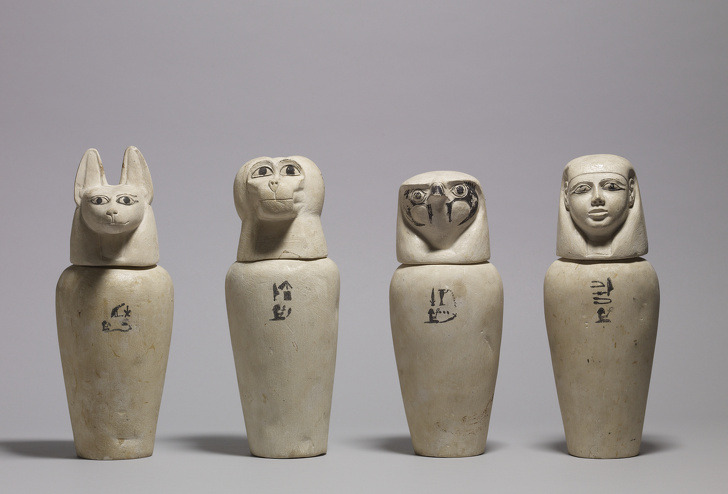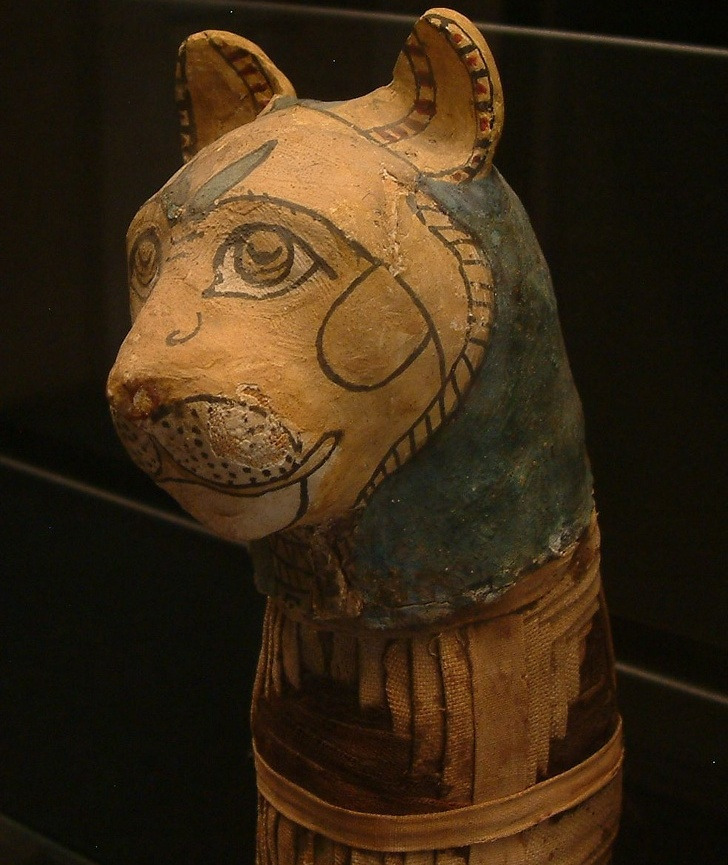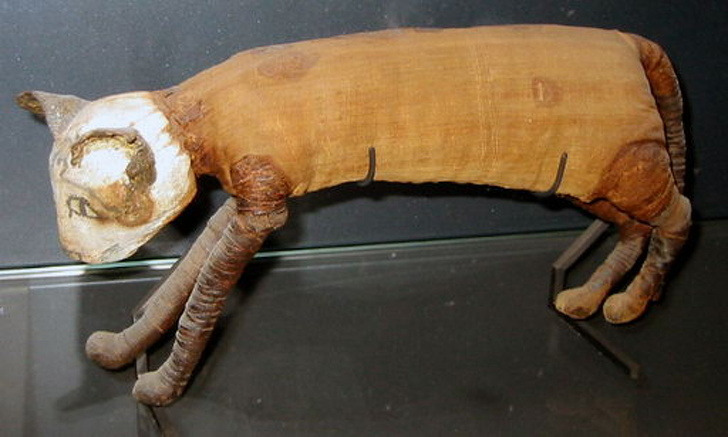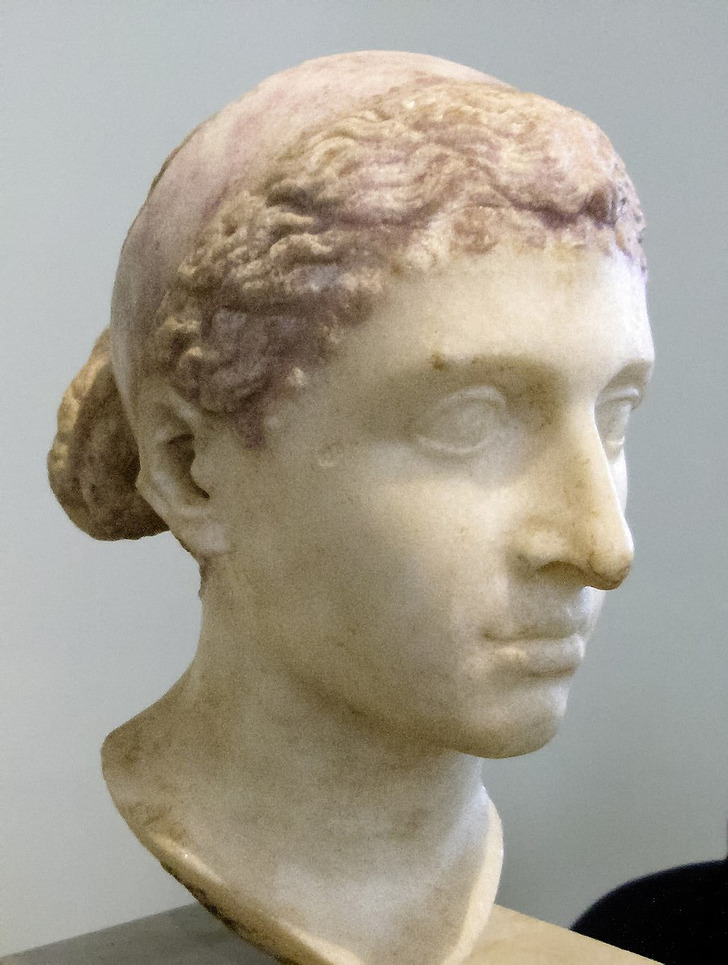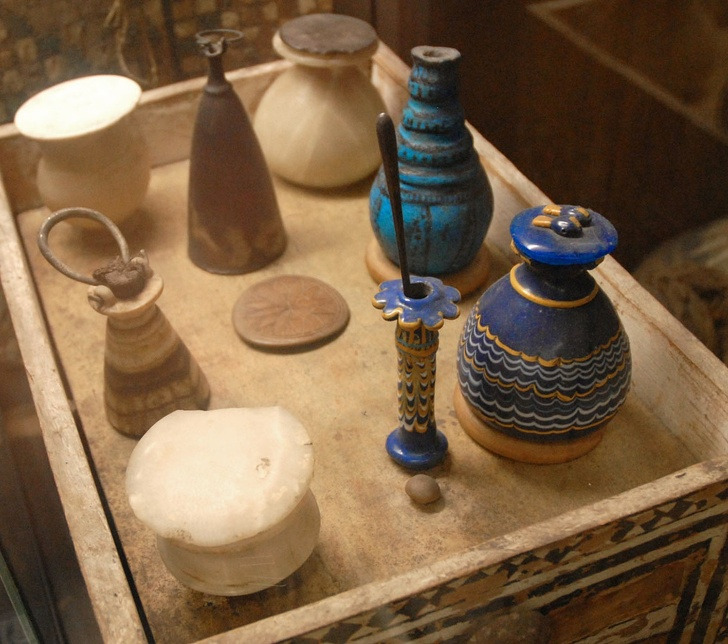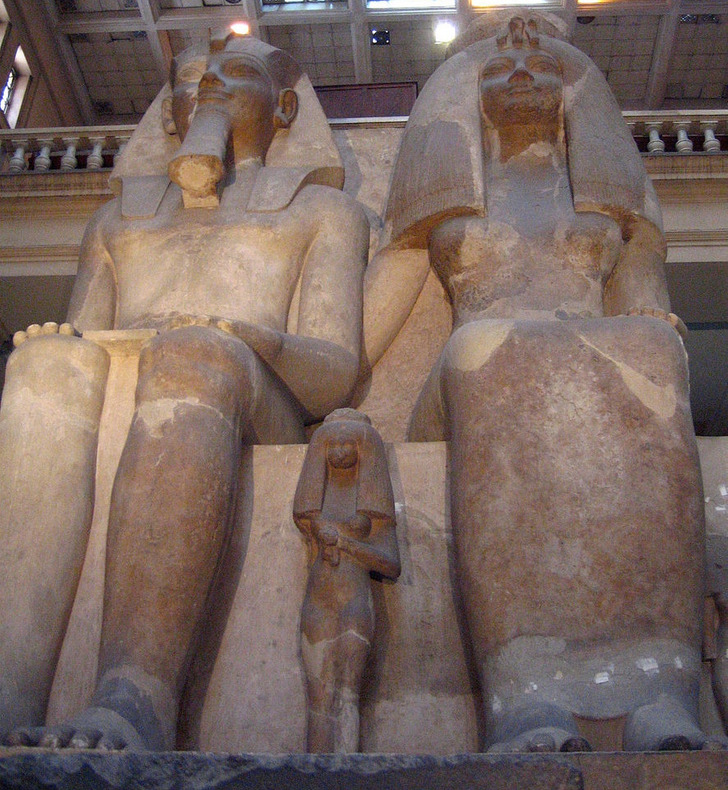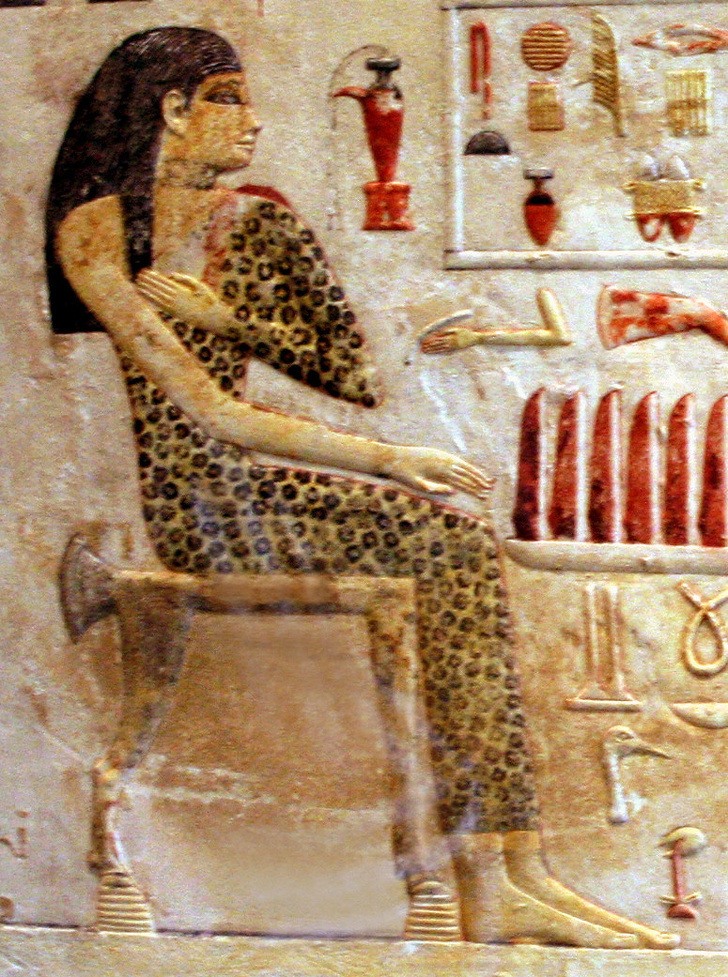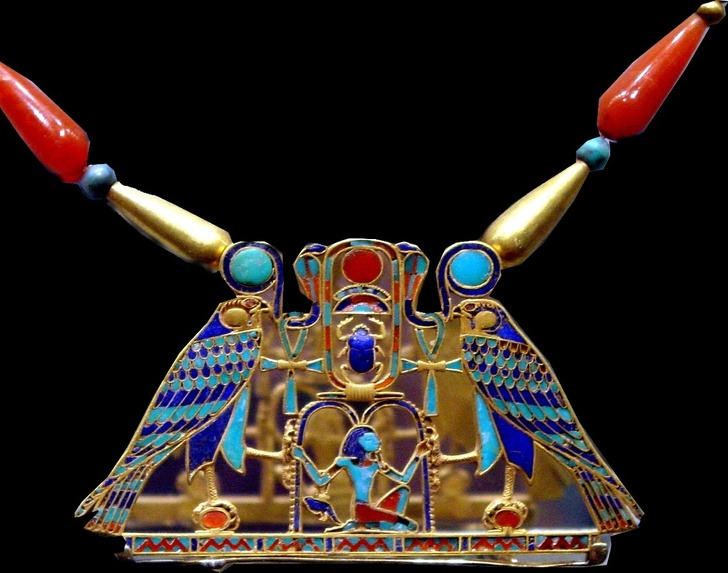10+ Curious Facts About Ancient Egypt You Wouldn’t Learn at School
We tend to associate ancient Egypt with something distant and mysterious, and this is not surprising: mummies, pyramids, the Sphinx, the richest pharaohs and beautiful queens still captivate the minds of millions of people around the world. Most often, we draw information about the ancient Egyptians from movies and TV shows, so we’ve got a lot of fragmentary facts and myths associated with this historical period.
At CHEERY, we decided to study the facts about ancient Egypt, and many of them became a real revelation to us.
The pyramids used to sparkle like diamonds.
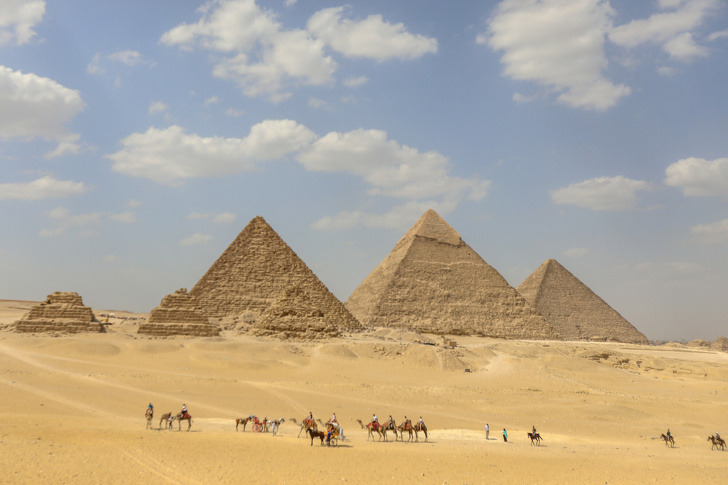
One of the most recognizable symbols of Egypt is, of course, the pyramids. As a rule, speaking of them, we mean some of the largest Giza pyramids, such as the Great Pyramid of Giza, the Pyramid of Khafre, the Pyramid of Menkaure and the Great Sphinx of Giza. In fact, there are about 130 pyramids in Egypt. Over several decades of research, scientists have discovered many secrets that were previously known only to the builders of the pyramids.
- There is scientific evidence that the Great Pyramid of Giza was originally covered with polished limestone blocks which reflected the sunlight making the pyramid sparkle like a diamond and being visible from miles away.
- Some stone blocks weighed more than 70 tons and were probably moved on sleds over wetted sand.
- Despite all the difficulties, the pyramids were built very quickly. According to some estimates, the construction of the Great Pyramid of Giza took no more than 30 years — some sources say 23 years, others say 27 years. By comparison, Notre Dame Cathedral took almost 200 years to complete.
- Although estimates vary, most Egyptologists believe that the work was carried out by 20,000-30,000 experienced workers. This is quite a lot, given that the population of ancient Egypt was probably a little over 1.5 million people.
The Great Sphynx was buried in the sand for a long time.
The Great Sphinx of Giza is one of the oldest statues on Earth. It’s believed that its face appears to represent the pharaoh Khafre, whose funerary pyramid is located nearby. The statue is 240 feet long and 66 feet tall. According to some researchers, the Sphinx has undergone quite a few changes in its appearance over several centuries. Residues and traces of red, blue and yellow pigments suggest that the statue used to be colorful in the past.
The ruthless desert kept the Sphinx buried under the sand for a long time. Because of strong winds, the statue was buried up to its shoulders. Italian archaeologists uncovered the Sphinx’s chest only in 1817. And the Sphinx was fully freed from the sand only in the 20th century.
They mummified not only pharaohs and rich people.
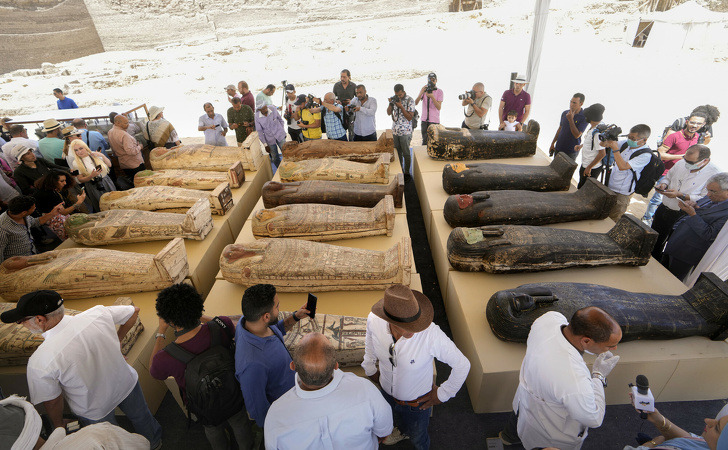
Mummification is one of the most intriguing traditions of ancient Egypt. However, it’s a mistake to think that this procedure was available only to wealthy Egyptians. In fact, this was the standard method of burial, which was used by almost all Egyptians. The difference was only in the incense and materials used. The whole process took about 70 days.
It’s interesting that the mummification specialists removed all internal organs from the body, except for the heart — which was believed to be the seat of the soul that a person would need in the afterlife. The remaining vital organs — lungs, liver, intestines and stomach — were placed in 4 special jars called canopic jars. Some jars featured the four sons of Horus.
The god Hapi had the head of a baboon and kept the lungs, Duamutef with the head of a jackal kept the stomach, Imsety who had a human head was responsible for the liver, and the intestines were inside the jar of Qebehsenuef, the god with the head of a falcon.
Cats were also mummified and mourned when they died.
The ancient Egyptians worshiped cats. Several ancient Egyptian deities were depicted with cat heads and represented justice, fertility and power. Cats were valued for fighting poisonous snakes and guarding pharaohs. It’s not surprising that cats were also mummified, placed in sarcophagi and buried with honor.
Also, according to ancient records, after the burial of a cat, the family was in mourning and shaved off their eyebrows as a sign of grief. Besides, harming a cat was regarded a serious crime.
Tutankhamun didn’t look like his golden mask at all.
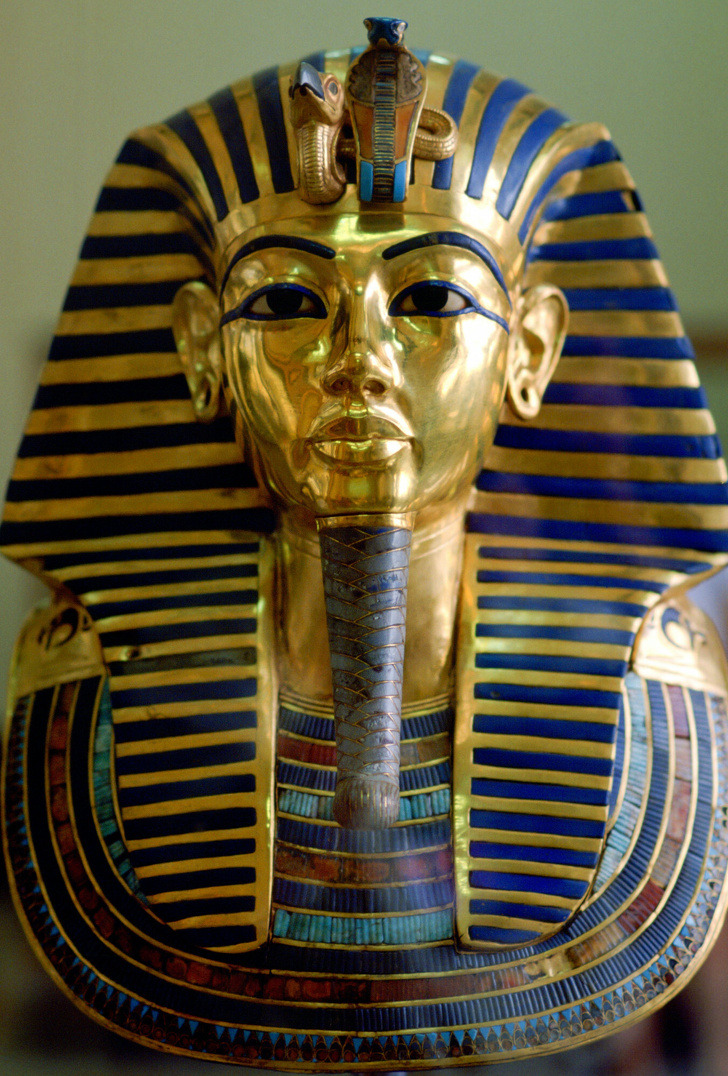
Perhaps Tutankhamun is considered the most famous and powerful pharaoh of Egypt. In reality, he took the throne as a child at the age of about 10, and ruled the country until his death at the age of 19. Studies showed that Tutankhamun suffered from a variety of genetic diseases.
So, he had a severe disease of the foot bones. This is why he was depicted seated while engaged in physical activities like archery. Other pharaohs were always depicted standing in similar situations. According to scientists, Tutankhamun had a partially cleft hard palate and scoliosis. He was thin and approximately 5 feet 6 inches tall.
When the researchers made a 3-D model of Tutankhamun, they found out that he was a fragile teenager of an ordinary appearance, and not at all the handsome man whose face we usually see on the golden mask.
Cleopatra’s beauty was very much exaggerated. Also the queen wasn’t Egyptian.
Along with Tutankhamun, Queen Cleopatra is considered one of the most famous Egyptians in the world. However, in reality she was not an Egyptian. She belonged to the Ptolemaic dynasty, the Macedonian Greek royal family. Another myth associated with her was about her incredible beauty — no wonder Elizabeth Taylor and Vivien Leigh played her in the movies. Alas, according to scientists, the beauty of the queen was only a product of propaganda. In reality, she had a large, pointed nose, narrow lips, and a sharp, protruding chin.
But Cleopatra had a high self-esteem — she believed she was a living goddess and often used clever stagecraft to win the trust and love of her potential allies. For example, Cleopatra arrived to meet Mark Antony on a golden barge adorned with purple sails and oars made of silver. The queen was made up to look like the goddess Aphrodite, she sat under a gilded canopy, and attendants dressed as cupids fanned her and burned sweet-smelling incense. Antony was instantly charmed.
And Cleopatra was very smart and well educated. She was versed in mathematics, chemistry and medicine, and also spoke 5 to 9 languages.
Ancient Egyptians invented sugaring and loved cosmetics.
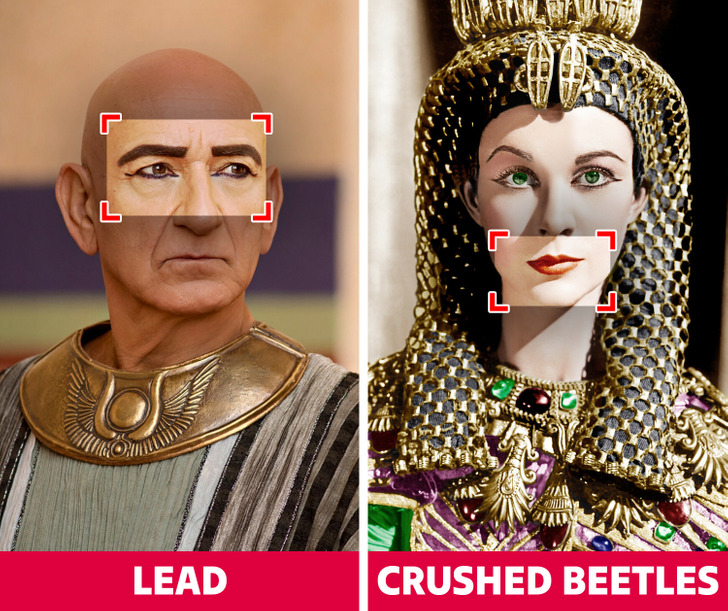
Ancient Egyptians were pioneers in the use of cosmetics. Both men and women were known to use a lot of makeup. At the same time, they used it not only to improve their appearance but also to protect their eyes from the sun and infections, it had ritual functions or symbolic meaning. The main makeup colors were black, green, red and brown.
The black paint used as eyeliner was made from galena, a mixture of lead sulfide and manganese oxide. Modern scientists believe that the use of lead in cosmetics was deliberate. The fact is that lead, in combination with salts produced by the body, forms nitric oxide which makes the immune system stronger. This helped the Egyptians prevent infections such as conjunctivitis.
They made eyeshadow from crushed malachite. The red powder, which was applied on the lips and cheeks, was obtained from ocher. Although, according to some sources, Cleopatra crushed beetles to get the perfect red hue. All these powders and liquids were mixed with animal fat and then applied to the body.
Henna was also very common — it was used to paint finger nails and draw patterns on hands. In addition, it’s believed that the Egyptians carried out such a procedure as sugaring — they used honey and sugar to remove unwanted hair.
Women in ancient Egypt had a broad range of rights.
Women in ancient Egypt enjoyed considerable legal and financial independence compared to other societies of the time. They could buy and sell property, be employed at court, make wills, and even conclude legal contracts. Egyptian women didn’t usually work outdoors, but those who did usually received equal pay as men. The popular professions for women were a perfumer, a temple attendant, a mourner, a musician, and a dancer. Women could even be in charge of business and work as doctors.
Unlike the women of ancient Greece who belonged to their husbands, Egyptian women had the right to divorce. It’s known that Egyptian couples could even conclude a marriage contract.
Egyptian women used contraception.
The Egyptians approached the question of having children very seriously. For example, if a woman was unable to have children, her husband could take a second wife. During childbirth, a pregnant woman was assisted by midwives. It’s interesting that according to tradition, a pregnant woman had to be completely shaved, including her head.
At the same time, contraceptives were allowed and available to women — medical texts that mention such drugs have survived to this day. There were both rather dubious medications like celery-based drinks, and quite effective recipes. For example, they used a formulation made from fermented acacia gum that produces a sperm-killing lactic acid.
Ancient Egyptians loved fashion.
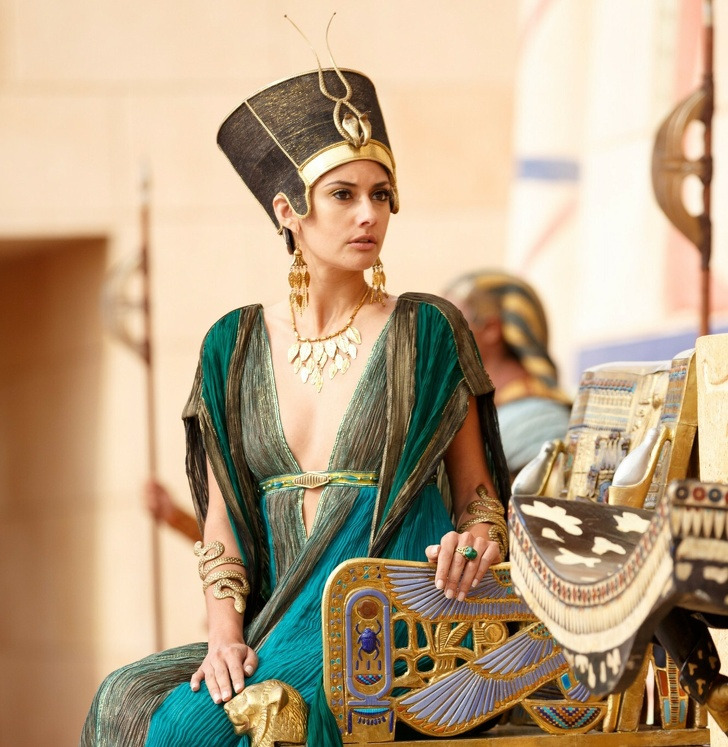
Linen was the most common fabric in ancient Egypt because it helped with feeling comfortable in hot weather. Peasants, workers and other people of lower classes usually wore nothing but a loincloth, and slaves often worked naked. Clothes made from animal fibers such as wool and silk and were allowed to be worn only by rich Egyptians. At the same time, wool was considered impure, so it was forbidden to wear such clothes in temples. Animal skins like the leopard and the lion were worn only by the pharaohs to emphasize their high position. Both upper class men and women wore wigs. They were made from human hair and sometimes supplemented with date palm fibers.
Children didn’t wear clothes until the age of 6, but they wore various jewelry — bracelets, anklets, collars and hair accessories. In general, the Egyptians were very fond of various accessories and jewelry. Both men and women adorned themselves with earrings, bracelets, rings, and necklaces of vivid colors. By the way, silver was a rarity and was imported from Asia. Therefore, items made of silver were often considered more valuable than those made of gold.
Egyptian men, and especially Egyptian women, loved tattoos. It’s believed that the art of tattooing is older than 4,000 years. As a rule, Egyptian tattoos looked liked geometrically arranged dots and dashes and were applied to the lower part of the chest, abdomen and thighs. Typically, tattoo artists used a dark dye pigment such as black, blue, or green, with slight variations. These colors symbolized life, birth, resurrection, heaven and fertility.
Do you know any other curious facts about ancient Egypt? Share them in the comments below.
